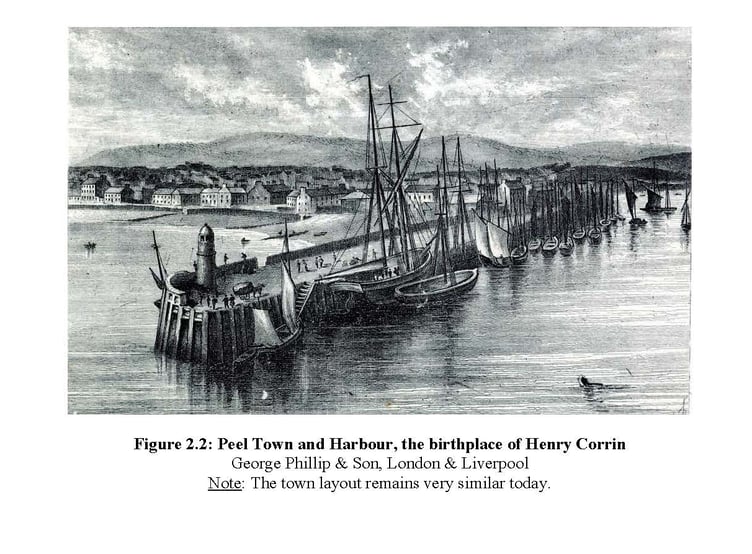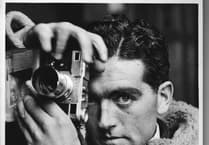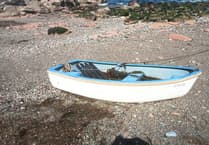The full story of 18th century trader, Peel man Captain Henry Corrin, has been revealed for the first time thanks to first-time author John Manley.
He was encouraged by his university tutors to write the book, after seeing the significance of his dissertation on the same topic.
John, who has retired from a career in law, had always considered history to be his passion and he graduated with first class honours degree in history and Hheritage from University College Isle of Man in conjunction with Chester - last year.
He told Island Life: ‘Corrin’s story is little known today, even in his hometown of Peel, and not even in the island in general.
‘Yet Captain Henry Corrin became probably one of the most wealthy and powerful men ever to have been born in Peel, or the Isle of Man.
‘I am honoured and relieved, now that the book is completed, to now reveal the full story of Captain Henry Corrin of Peel.
‘Captain Corrin became a very successful trader on the Mosquito Shore of Central America and had an estate, Bluefields.
‘The book finally uncovers his story, and shines a light on the fate of the Bluefields estate, the Bluefields inhabitants, and the five-year-old Bluefields heir, who turned out to be another famous son of Peel – Captain Robert Cummins,’ he said.
For his mini-dissertation he researched and wrote about 18th century politician and merchant, John Taubman of Castletown.
‘I had examined the literature and discovered that very little had been written about the Isle of Man in the 18th century - yet there were many fascinating untold stories,’ he said.
‘My interest in the 18th century Isle of Man was piqued.’
Then as part of his final year, he researched and wrote about Captain Corrin,
He explained: ‘Manx National Heritage (MNH) had revealed glimpses of Corrin’s story in previous exhibitions and pamphlets, mainly focusing on the fact that, when Corrin died in 1769, he left his Central American Bluefields estate to his five-year-old Peel nephew, Robert.
‘The story was contained in the Quayle Bridge House papers (QBHP), which had been deposited with MNH in the 1940s by descendants of the Quayle family of Castletown.
‘The papers contained a multitude of documents belonging to the former speaker of the House of Keys, Sir George Moore of Peel, who was a prolific letter writer, and whose daughter had married into the Quayle family. Moore had also become the guardian of Robert Cummins.’
By transcribing the section about Corrin he found that he had left Peel alone and travelled to the other side of the world, in order to seek his fortune.
‘He stopped initially at Jamaica, before venturing further west to the inhospitable and treacherous waters of the Mosquito Shore in today’s Nicaragua,’ John said.
‘I discovered that, from the Mosquito Shore, Captain Corrin had become hugely successful in exporting mahogany and tortoiseshell worldwide.
‘He also traded in contraband with the neighbouring Spanish enemy. Henry Corrin’s story is atypical of 18th century Caribbean plantation owners, and all the more interesting for that.’
He expanded his research on the Mosquito Shore to include secondary sources, such as the works and maps of contemporary, and modern, historians.
‘Manxman Captain Henry Corrin of the Mosquito Shore (1752-1769)’ has been published by Toby Press and printed by Quine & Cubbon.





Comments
This article has no comments yet. Be the first to leave a comment.